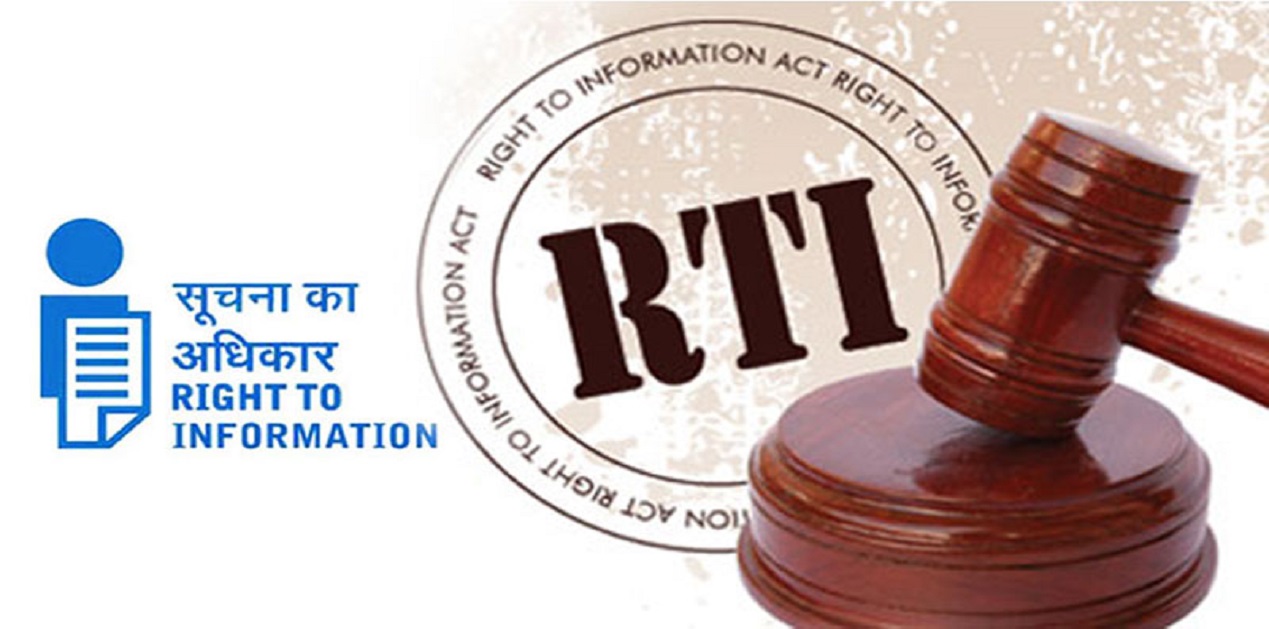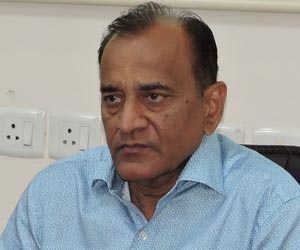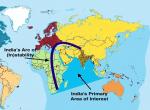Chief Justice of India SA Bobde cautioned last month against the abuse of the Right to Information Act, setting off a chain of indignant reactions from a variety of activists. “There is paralysis and fear about this Act”, he stated, adding that “people are not taking decisions” because they apprehend the slash of the RTI sword on their necks. That the Chief Justice had only made an oral observation does not take away from the significance of the remark, more so when he also said that guidelines ought to be laid down on the use of this enabling legislation. “We want to find a way to stop the abuse of the RTI Act”, he said.
These observations were made during a hearing of an application filed by activist Anjali Bharadwaj and a retired defence officer, Commodore Lokesh Batra, seeking transparency in the process of appointing Information Commissioners. The court did not appear to be impressed by the argument of the applicants’ lawyer Prashant Bhushan that “only those who are corrupt have reason to fear” — the CJI retorted, “Don’t say as if there is no abuse (of the Act)”.
The court made it clear that while it was fully supportive of the legislation, the exercise of the right to information “cannot be an unrivalled right”. It said that people were known to file RTI requests with ulterior intent; “people set up by rivals”, the CJI said pointedly. He did not stop at that, adding that filing of RTI application at times had taken the shape of intimidation. “Criminal intimidation had become a nice word for blackmail.”
The Chief Justice of India’s observations opens a window of opportunity for the Union government to prepare appropriate guidelines that would, in the CJI’s words, act as a “filter”. It remains to be seen if and when the government acts on the advice. Meanwhile, some RTI activists have taken offence over the court’s remarks. The applicant, Anjali Bharadwaj called them ‘terrible observations” which were “totally uncalled for”. Interestingly, she quoted Union Minister for Home Affairs Amit Shah, who, according to her, had said at an event that there had been no misuse of the legislation since it was passed in 2005. Another activist, Venkatesh Nayak, was quoted in a section of the media as saying that while the court’s apprehensions may have been genuine theoretically, there was no data to back the fear.
The second ground for criticism by activists is that the court went into an area that was simply not part of the prayer before it. All that the applicants were seeking was greater transparency in the appointments of Information Commissioners. Besides, they were only proceeding on a premise the apex court had laid down in previous cases where it had held that people in a democracy had a right to know what their government and its representatives were doing. In February 2019, for instance, the court had directed that the process of such appointments should not be opaque.
And the third reason why the activists are upset is that they believe the CJI’s observations are not in tandem with the Article 19(1)(a) of the Constitution of India, more so because the RTI is covered under this Article. They argue that the right to publish and the right to speech are guaranteed under this provision.
Let’s deal with the three points raised above. The Union Minister may have made an observation but the courts can have another opinion. In the case at hand, the CJI had referred to his stint in Mumbai when a government official complained to him about the spate of RTI demands that had virtually paralysed the functioning of the local government. The other judge on the Bench, along with the CJI, remarked that some people had made right to information a sort of profession — their visiting cards carried the words ‘RTI Consultant’.
It is not the first time that a court has red-flagged the issue of abuse of right to information. In 2011, the apex court, while hearing a case relating to a bunch of people against the Central Board of Secondary Education, was critical of a scenario where 75 per cent of the public staff was busy “spending 75 per cent of their time in collecting and furnishing information to applicants instead of discharging their regular duties”. The accuracy of the statistics apart, the sentiment — that people had taken rather over-zealously and indiscriminately to invoking the RTI Act — was evident in the court’s remark.
Even the Central Information Commission (CIC) had cautioned professionals in particular and the people in general against using the RTI Act to settle personal or professional scores. As far back as in 2008, the CIC had advised scientists to be careful in using this legislation. While disposing of a petition by a scientist from the Central Drug Research Institute, who had sought information under the RTI Act on a research project study submitted by a fellow colleague, the CIC said, “When scientists of research institutes attempt to use the RTI Act to settle personal scores, it only engenders a sense of pain and dismay.” In yet another case, that of a petitioner seeking personal and official details of one his relatives, then Information Commissioner MM Ansari, hearing the matter, stated, “Unfortunately, the provisions of RTI are being increasingly issued by a large number of persons for settling personal and family disputes, including divorce and claim of maintenance related cases.”
The second point of criticism is that the apex court, in the case at hand, had gone beyond the relief that had been demanded. Since the applicants had sought transparency in appointments, the court should have stuck to that one issue instead of straying into other observations. If this narrow approach is to be the method, then many path breaking verdicts would not have come. Take, for instance, the Kesavananda Bharati versus State of Kerala (1973). Here, the petitioner, His Holiness Kesavanada Bharati Sripadagalvaru, head of the Edneer mutt, had petitioned the Supreme Court against the Kerala land reforms which had affected the properties of his religious institution. It was a straightforward matter of right to property, but the court proceeded to also lay down what came to be called the ‘Basic Structure Doctrine’ of the Constitution of India. Yet another example is that of Maneka Gandhi versus Union of India (1978). Here, the petitioner had approached the apex court against the revocation of her passport, and here too the issue was simply that of deciding whether the revocation was right or wrong. The court used the occasion to not only expand on the fundamental rights enshrined in the Constitution but also held that the various rights should be read in totality and not in isolation — “they are all parts of an integrated scheme”, it said. Both these verdicts set the tone for how the fundamental rights are to be seen and interpreted.
The third objection to the latest observation of the apex court, which has to do with Article 19(1) (a), had been addressed by the CJI in his remark, that petitioners did not have “unrivalled rights” under the RTI. Even the said Article does not give unbridled freedom. While it is true that Article 19 (1) (a) says that all citizens shall have the right to “freedom of speech and expression”, Clause 2 of the same Article holds that the state can impose “reasonable restrictions on the exercise of the right conferred… in the interests of the sovereignty and integrity of India”. Similar caveats are available in other Articles that deal with fundamental rights under Part III of the Constitution.
Incidentally, many of the activists who are today enraged by the apex court’s observations were only weeks ago lauding the court for having declared that the office of the Chief Justice of India, being a public office, comes within the ambit of the Right to Information Act. A five-judge Bench led by then CJI Ranjan Gogoi had agreed in November 2019 that the office of the CJI could share information with the public on a case-to-case basis, and that this would ensure that independence of the judiciary and accountability would go hand in hand. Various transparency activists had hailed the move. Former Information Commissioner Sailesh Gandhi and RTI activist Subhash Chandra Agrawal were among those who believed that this “historic” decision was a victory for the RTI Act.
Those that are at daggers drawn with the Supreme Court today must remember that it was the court’s initiative that had led to the RTI legislation fifteen years ago. As far back as in 1975 (State of Uttar Pradesh versus Raj Narain) and in 2002 (Union of India versus Association for Democratic Rights), the court had unambiguously batted for the right to information to the people from public institutions and individuals. Sustained pressure by the courts and transparency activists resulted in the RTI legislation, both at the Central and the State levels.
(The paper is the author’s individual scholastic articulation. The author certifies that the article/paper is original in content, unpublished and it has not been submitted for publication/web upload elsewhere, and that the facts and figures quoted are duly referenced, as needed, and are believed to be correct). (The paper does not necessarily represent the organisational stance... More >>
Image Source: https://www.careerlauncher.com/blogs/wp-content/uploads/2019/10/rti.jpg











Post new comment